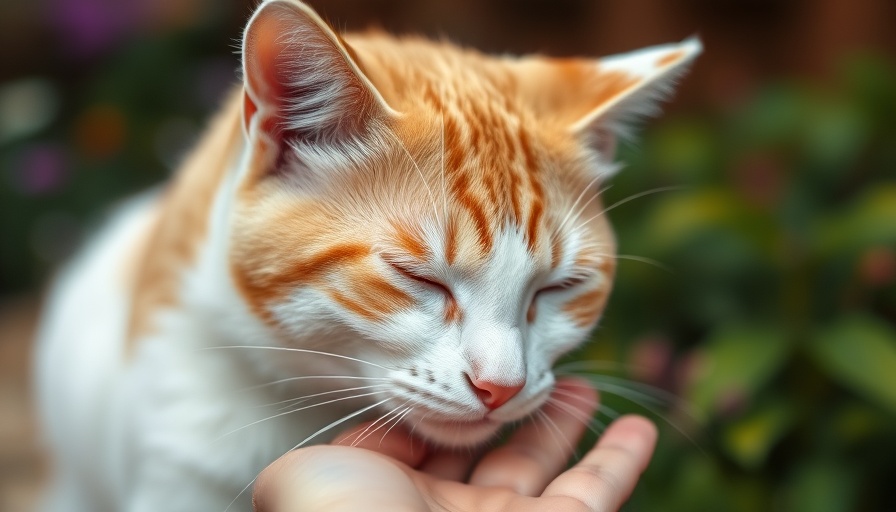
Are Cats Really Ticklish? Understanding Feline Sensitivity
Just like humans and dogs, cats can experience ticklish sensations, but their responses are often quite different. While some furry friends may enjoy a bit of playful tickling, others can find it unpleasant. Understanding the reasons behind feline reactions to touch requires insight into their anatomy, instincts, and individual personalities.
Where Are Cats the Most Ticklish?
Fur plays a significant role in how cats experience touch. Areas where cats have less hair, such as their ears, nose, and paws, tend to be more sensitive to touch. Interestingly, hairless breeds may exhibit a wider array of ticklish spots due to the absence of fur acting as a barrier. However, sensitive areas, like the abdomen, often elicit a different response, as many cats instinctively protect this vulnerable region.
Experts like Stephen Quandt from Cat Behavior Help suggest that cats may not enjoy being tickled on their stomachs. Instead, they often view this area as a potential target for threats, like parasites. Therefore, while gently touching their sides or under their chins may be appreciated, the stomach should be approached with caution, as it can overwhelm them.
Exploring the Different Types of Tickling
Cats experience two primary types of tickling: knismesis and gargalesis. While the latter is the playful, laughter-inducing type often familiar in children, cats predominantly feel knismesis. This milder form of tickling results in a ticklish sensation that alerts them to possible anomalies, like parasites or debris in their fur. Importantly, understanding these sensations can help pet owners approach their cats with tenderness and respect for their comfort levels.
Identifying If Your Cat Enjoys It
Determining if your cat enjoys being tickled encompasses watching for specific behaviors. If your cat purrs, nudges your hand, or gently swishes their tail, they might be savoring the gentle touch. Conversely, signs like hissing, turning away, or dilated pupils indicate displeasure and should signal you to stop. It's essential to watch the cat's body language closely; just like people, their preferences can vary widely.
How to Pet Your Cat Without Tickling
For those cats that dislike the sensation of being tickled, there are alternative ways to show affection. Grooming sessions can be soothing for many kitties, particularly using brushes that are designed to be gentle on their fur and skin. Creating a safe and comfortable environment while engaging in these activities can also enhance bonding moments. Cats often appreciate a relaxing routine where they feel secure and loved, ensuring that petting becomes a positive experience.
The Importance of Communication in Pet Care
Effective communication with your pets requires understanding their individual needs and preferences. As professionals in the field—whether you are veterinarians, trainers, or pet groomers—your role is vital in guiding pet parents on how to nurture and care for their feline companions. Educating clients about the nuances of cat interactions, including sensitivity to touch, strengthens their bond with their pets and encourages healthier lifestyles for both.
Final Thoughts: Emphasizing Cat Care Awareness
Understanding the intricacies of feline behavior enhances pet care and promotes a healthy living environment for pets. From the ways we interact to how we communicate with these beloved companions, each aspect plays a role in nurturing the cat-human relationship. Veterinarians, pet techs, and trainers should foster awareness around pet sensitivity, ultimately guiding pet owners toward tailored and loving care strategies.
Call to Action: Start Improving Your Cat's Life Today
With greater insight into your feline friend's preferences and behaviors, you can foster a deeper connection and ensure a happier, healthier life for them. Engage with your cat in ways that appreciate their comfort and individuality. Whether you're a pet nutritionist or a catio builder, encourage your clients to be attentive and responsive to their pet's needs—because knowledge is key in building lasting relationships.
 Add Row
Add Row  Add
Add 




 Add Row
Add Row  Add
Add 


Write A Comment